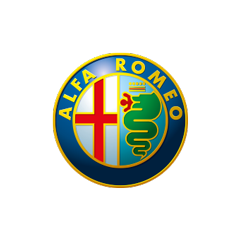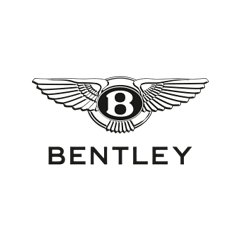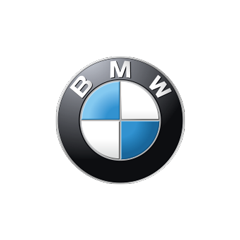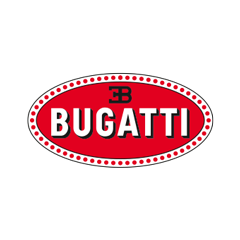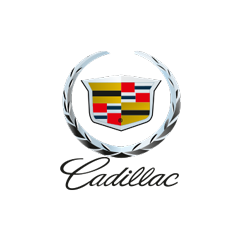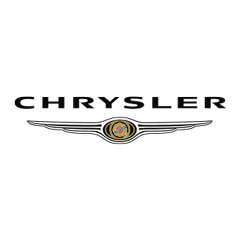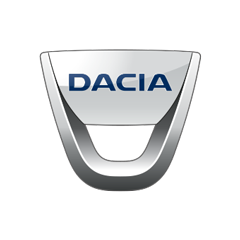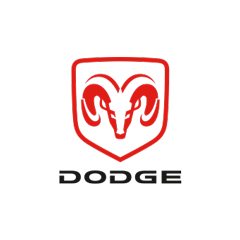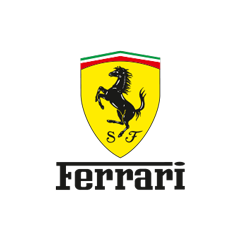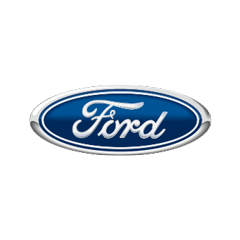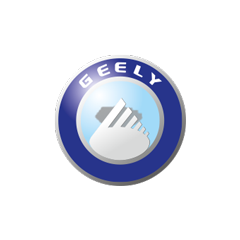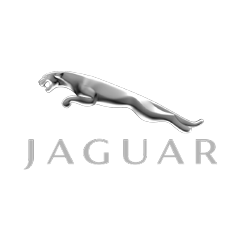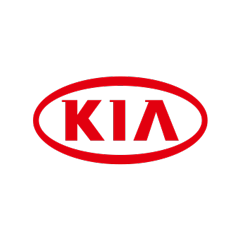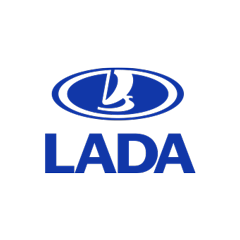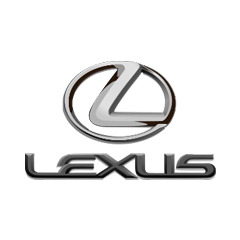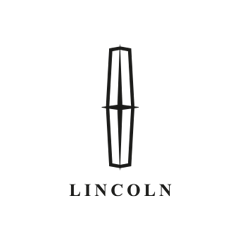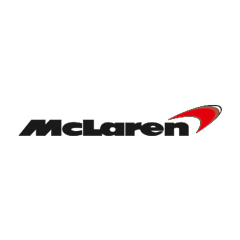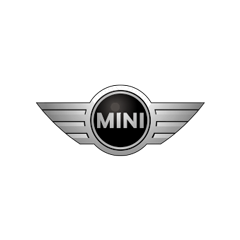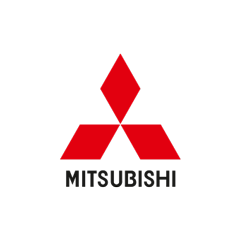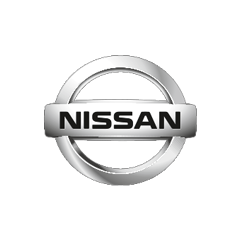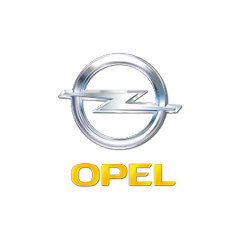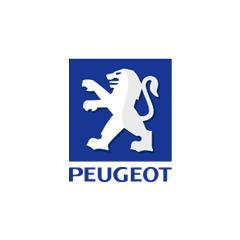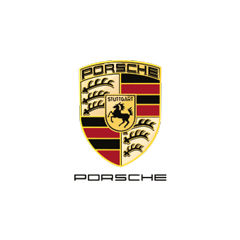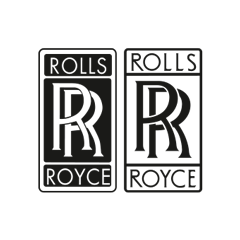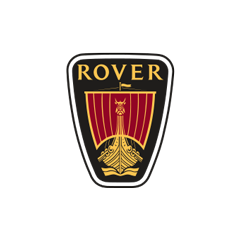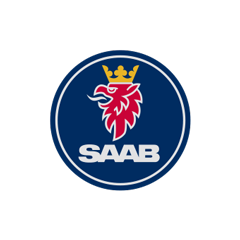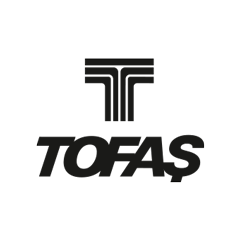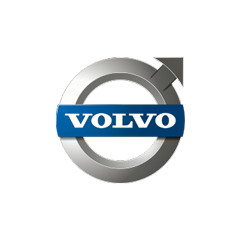
MITSUBISHI Starion
Generations Timeline, Specs and Pictures
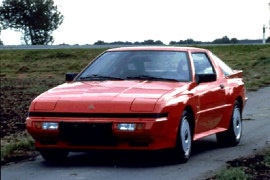
At the beginning of the ’80s, the Turbo era just began and new sports cars appeared with small engines and turbochargers to challenge the old-fashioned cars with bigger engines.
Mitsubishi was just one of the car-manufacturers that understood the importance of a turbocharger and add-it to a big displacement four-pot engine under the hood. The design and the name made resembled a spacecraft, while the features inside the car were for the taste of a tech-geek.
The origami-design design of the vehicle was made with flat surfaces and three fake air-vents on the hood. A pop-up headlights system and a deep air-dam completed the sharp nose of the car. The short greenhouse hosted an optional sun-roof. In the back, the liftgate was opened along with the side windows.
Inside, the dashboard was flat and straight, with an instrument panel surrounded by a squared cluster. It was available with regular dials or with a digital cluster that showed the speed and the rev-counter with LED panels. In both versions, it showed the boost pressure level either with green and red LEDs or with a gauge. The squared seats offered side support for the front passengers, but very little room for the rear ones. An interesting failure in design was the door-mounted seatbelts and neither the driver nor the side passenger could not open them while they were strapped in.
The 2.6-liter engine was one of the biggest 4-cylinders on the market. It was boosted by a low-pressure turbocharger that helped it get a better torque in the mid-range. Its performances were above average for those times.
